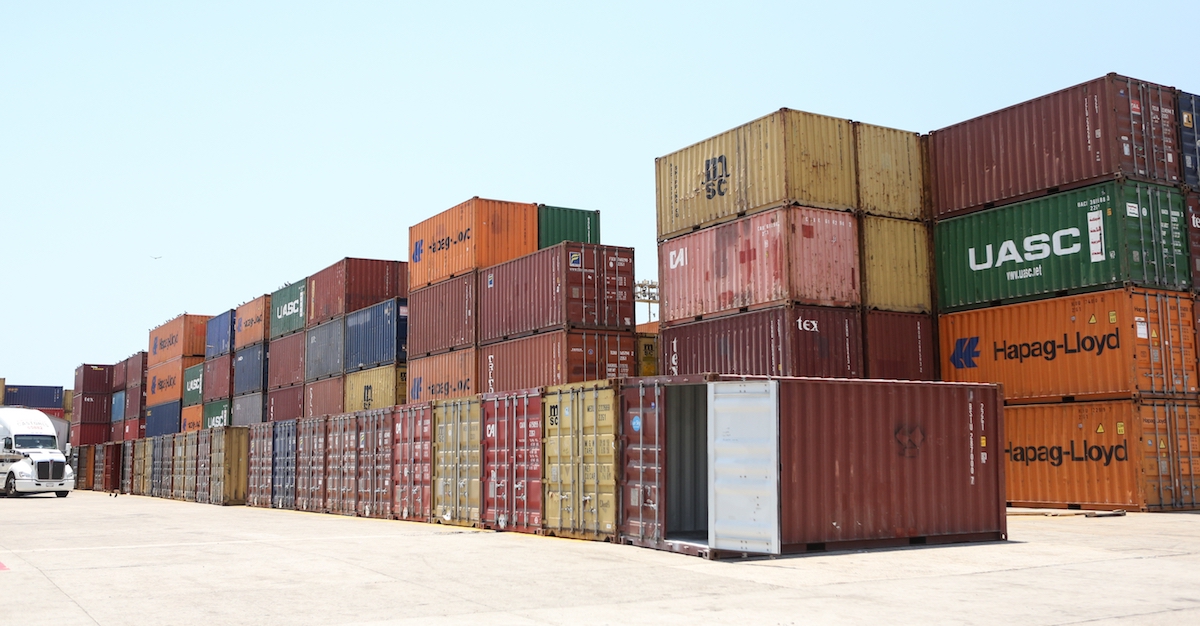
Whether you’re a small terminal or a massive, multi-modal operation, knowing where your equipment is and what it’s doing at all times is the best way to find bottlenecks and realize efficiencies.

Whether you’re a small terminal or a massive, multi-modal operation, knowing where your equipment is and what it’s doing at all times is the best way to find bottlenecks and realize efficiencies.
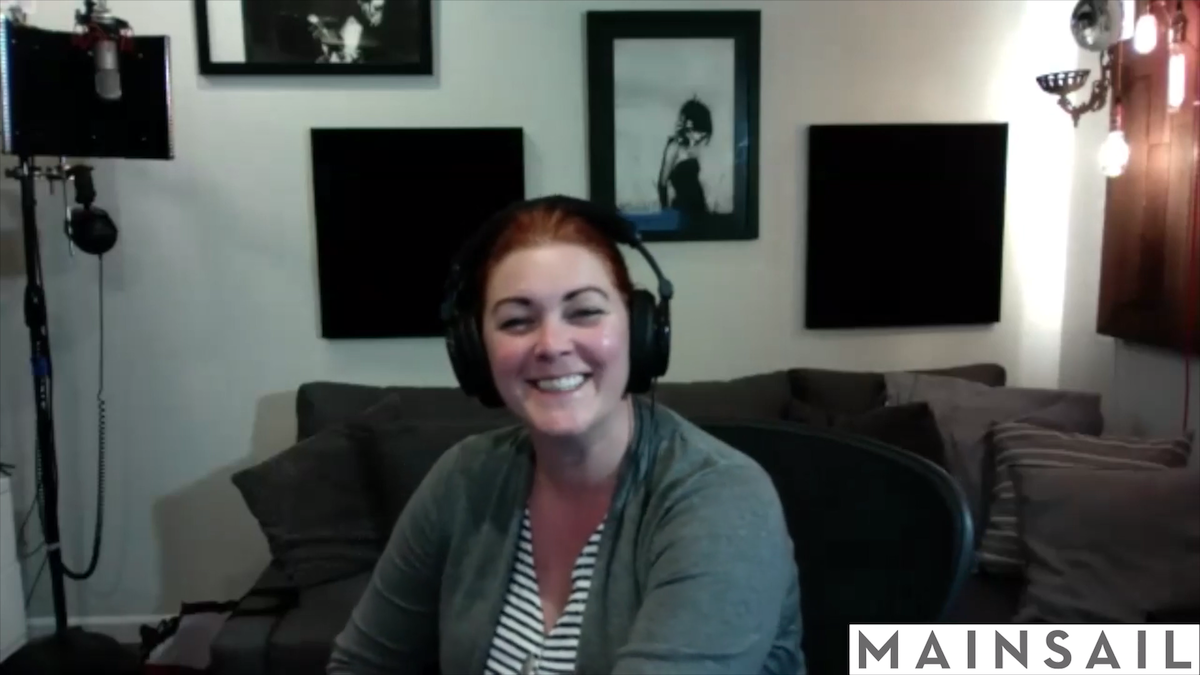
What’s more challenging than beating the deadline on a major software release? Beating the deadline on a major software release during a global pandemic while becoming the new leader of the team.
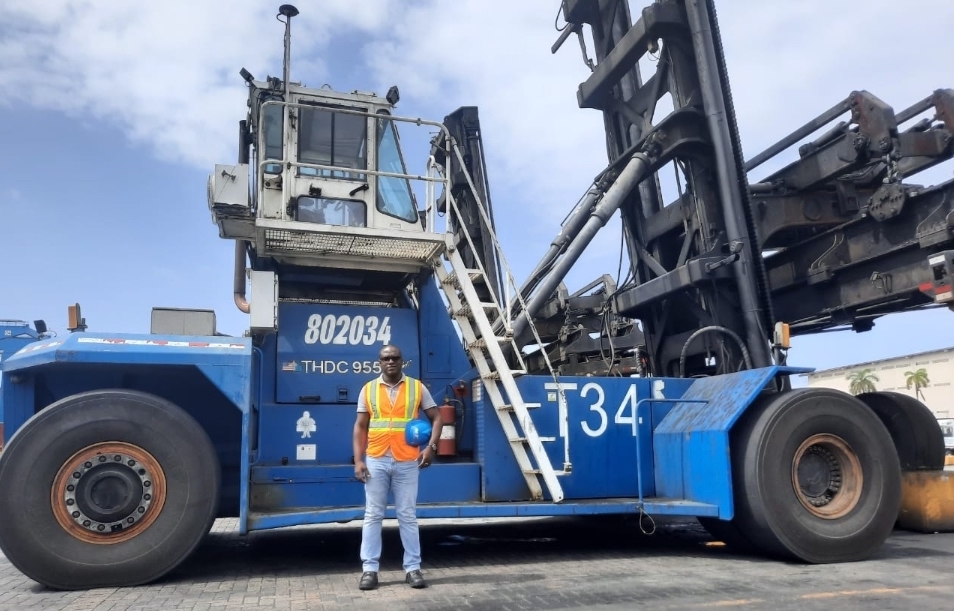
This article will follow the experiences from the CMU Instructor’s story. As you’ll see, the pandemic turned his six-week training course into a four-month saga filled with excitement, opportunity, and a training experience beyond his wildest dreams.
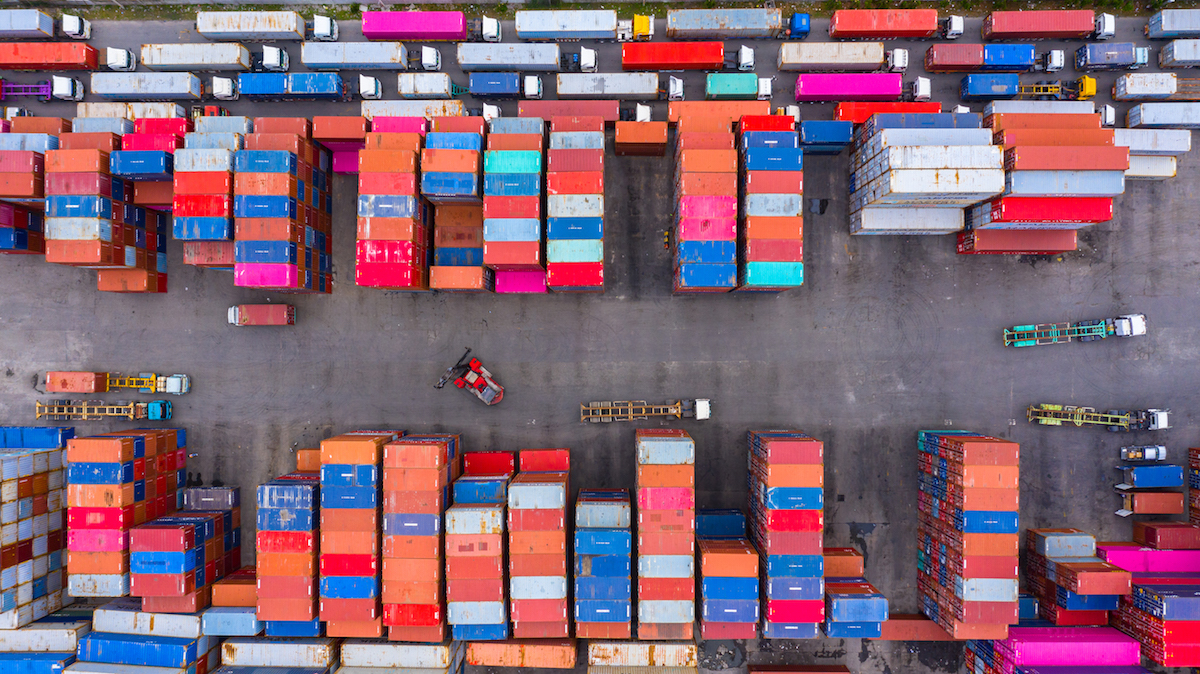
Like any new system, Mainsail 10 has a small learning curve, but it’s offset by a faster, smarter, and simpler interface to help you find exactly what you need when you need it. Again, we’ve invested in remote learning solutions to help you train your team up to handle this new iteration.
Tideworks has been forced to adapt to the industry’s new normal in light of the realities presented by the COVID-19 pandemic. However, similar to many of our resolute customers, Tideworks has been hard at work preparing for our next big thing: Mainsail 10.
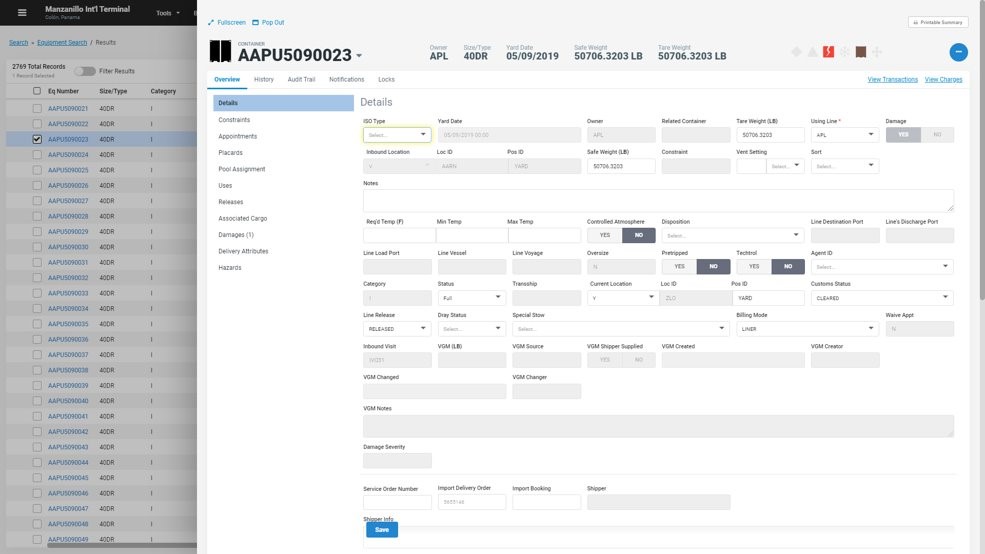
Mainsail 10 is coming! Here are some of our most frequently asked questions about upgrading from Mainsai Classic/Vanguard.
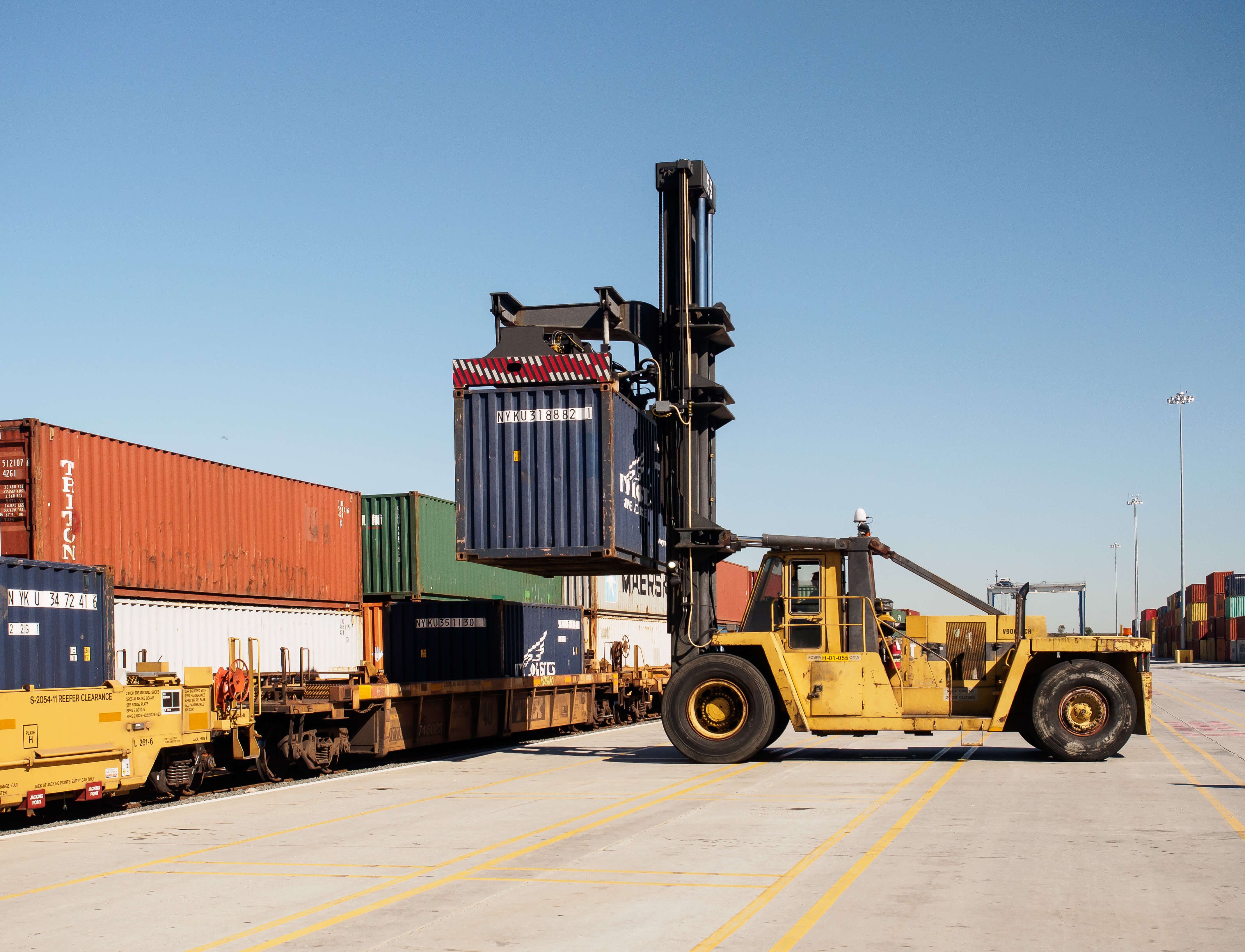
No single intermodal terminal is exactly the same. Each has a different footprint, layout, and track configuration. Local agreements will differ, as will the geography, weather, and a host of other factors. Trying to design a one-size-fits-all TOS is a fool’s errand.
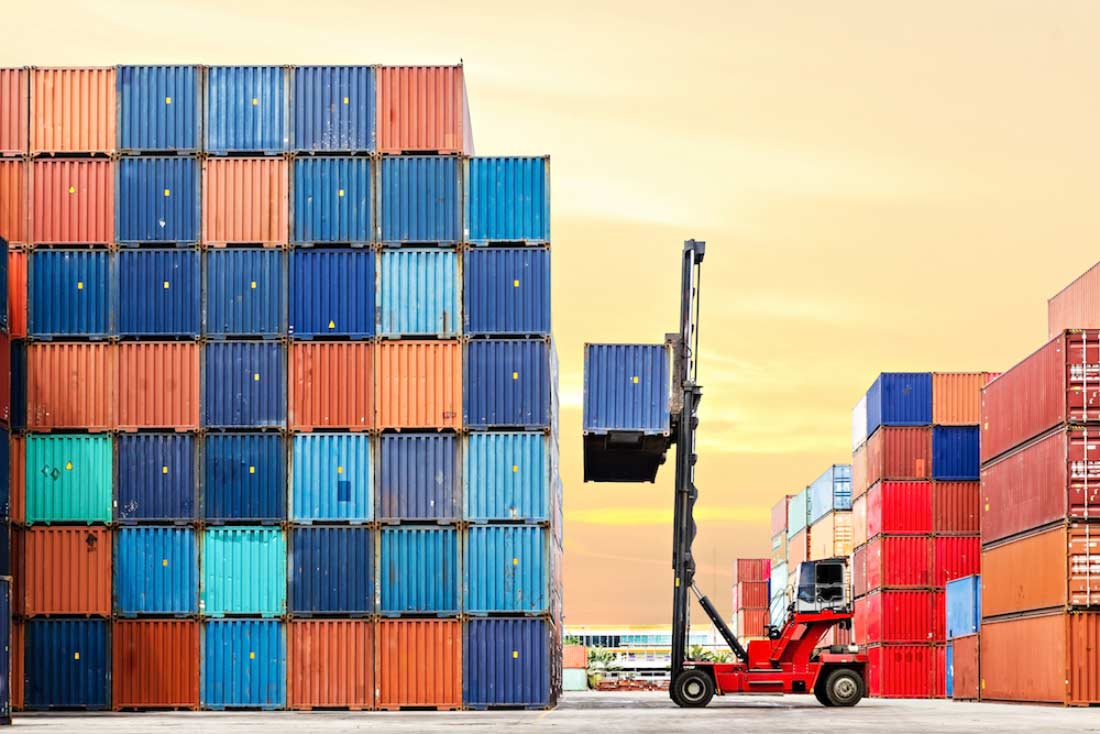
Intermodal terminals of all sizes are facing efficiency challenges that require data-driven solutions. We discuss those challenges and their solutions.

At Tideworks, you will find many folks who have worked within the industry before. Their real-world experience helps us ensure that the tools we build will solve the real problems our customers face and work for their needs. That’s how Scott Duncan came to us. He started in March of 2020 as a Customer Success Manager, but his career began fourteen years earlier, not in software development, but as an assistant operations manager with APM Terminals in Virginia.
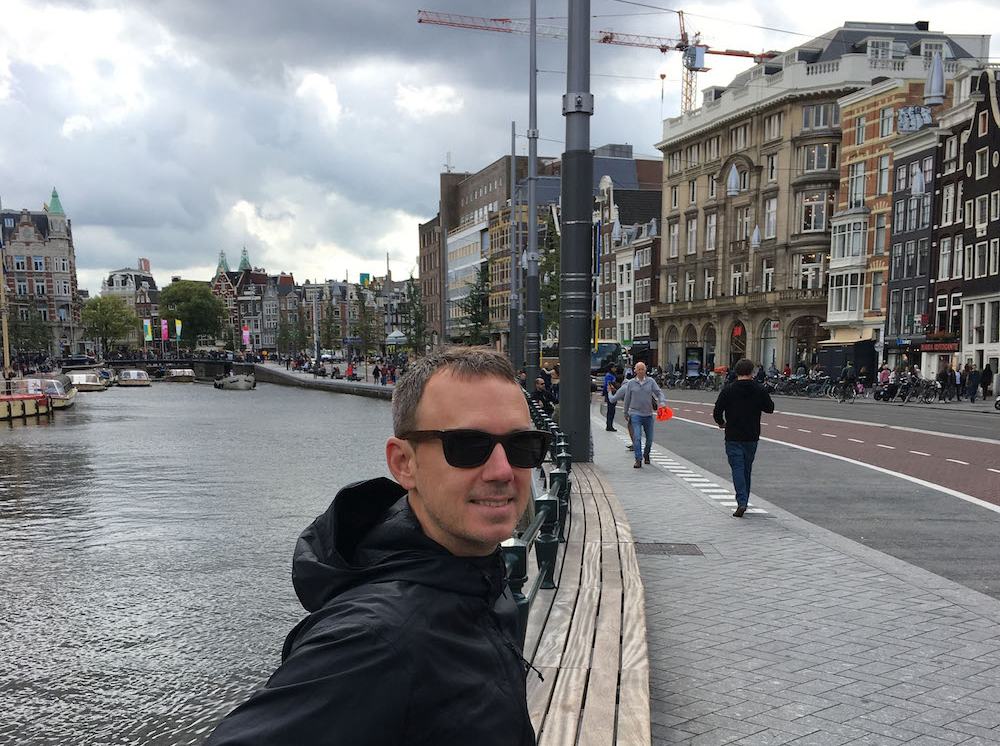
A true jack-of-all-trades, Mark Longman’s input has been invaluable throughout his career at Tideworks. Today he’s a senior software engineer and team lead in developing the next iteration of our Mainsail Terminal Operating System (TOS). In 2001, he joined Tideworks as a front-end web developer. Since then he’s worked on almost every web-based product carried by both Tideworks and Carrix. User interface and usability design have always been paramount to his approach in software development and he has thoroughly enjoyed playing a role in creating clean and simple software solutions.
Recent Comments